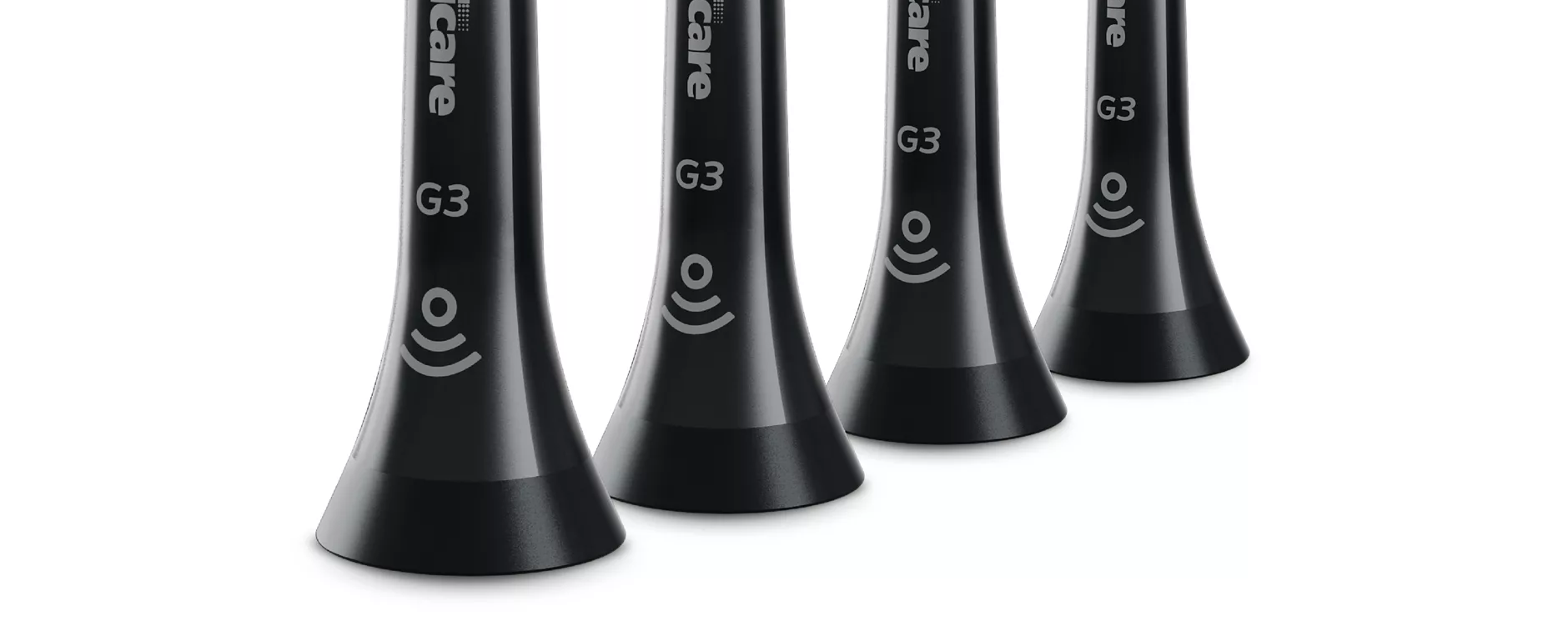Summary
Identity finds its way into everything—even toothbrushes. Careful planning can overcome privacy concerns to yield real benefits to businesses and customers alike.

I have a Philips Sonicare toothbrush. One of the features is a little yellow light that comes on to tell me that the head needs to be changed. The first time the light came on, I wondered how I would reset it once I got a new toothbrush head. I even googled it to find out.
Turns out I needn't have bothered. Once I changed the head the light went off. This didn't happen when I just removed the old head and put it back on. The toothbrush heads have a unique identity that the toothbrush recognizes. This identity is not only used to signal head replacement, but also to put the toothbrush into different modes based on the type of head installed.
Philips calls this BrushSync, but it's just RFID technology underneath the branding. Each head has an RFID chip embedded in it and the toothbrush body reads the data off the head and adjusts its internal state in the appropriate way.
I like this use case RFID because it's got clear benefits for both Philips and their customers. Philips sells more toothbrush heads—so the internet of things (IoT) use case is clearly aligned with business goals. Customers get reminders to replace their toothbrush head and can reset the reminder by simply doing what they'd do anyway—switch the head
There aren't many privacy concerns at present. But as more and more products include RFID chips, you could imagine scanners on garbage trucks that correlate what gets used and thrown out with an address. I guess we need garbage cans that can disable RFID chips when they're thrown away.
I was recently talking to a friend of mine, Eric Olafson, who is a founding investor in Riot. Riot is another example of how thoughtfully applied RFID-based identifiers can solve business and customer problems. Riot creates tech that companies can use for RFID-based, in-store inventory management. This solves a big problem for stores that often don't know what inventory they have on hand. With Riot, a quick scan of the store each morning updates the inventory management system, showing where the inventory data is out of sync with the physical inventory. As more and more of us go to the physical store because the app told us they had the product we wanted, it's nice to know the app isn't lying. Riot puts the RFID on the tag, not the clothing, dealing with many of the privacy concerns.
Both BrushSync and Riot use identity to solve business problems, showing'that unique identifiers on individual products can be good for business and customers alike. This speaks to the breadth of identity and its importance in areas beyond associating identifiers with people. I've noticed an uptick in discussions at IIW about identity for things and the impact that can have. The next IIW is Oct 12-14—online—join us if you're interested.
Photo Credit: SoniCare G3 from Philips USA (fair use)




